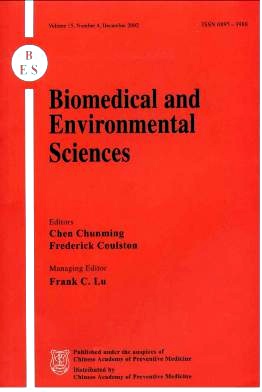Thermal Diversities of Two Na+/H+ Exchanges in Guinea Pig Red Cells
-
Key words:
- elevated temperature /
- intracellular pH /
- flame photometry /
- different roles /
- guinea pig
Abstract: Objective To test the effect of hypothermia on Na+/H+ exchange, activated by shrinkage and cytoplasmic acidosis. Method Amiloride-sensitive Na+ influx in guinea pig red cells was traced with isotope 22Na and intracellular Na+ concentration was measured by emission flame photometry. Result Amiloride-sensitive Na+ influx decreased linearly as a function of temperatures (about 37℃) in shrunken cells, but increased in acidified cells. The up-regulation of acid-induced Na+/H+ exchange by elevated temperature was enhanced by hypo-osmolarity. Less sensitivity of intracellular H+ site at 41℃ may be the mechanism for the inhibition of shrinkage-induced Na+/H+ exchange by elevated temperature. Heating-mediated explosive increase in the activity of acid-induced Na+/H+ exchange may be due to enhanced extracellular Na+ sensitivity and lower intracellular pH caused by acidic metabolites. Acid-induced Na+/H+ ewxchange contributes to cytoplasmic Na+ accumulation. Conclusion These two modes of Na+/H+ exchange with different response to elevated temperature may play different roles in the cellular pathogenesis of heatstroke.
| Citation: | JI HONG-LONG. Thermal Diversities of Two Na+/H+ Exchanges in Guinea Pig Red Cells[J]. Biomedical and Environmental Sciences, 2001, 14(3): 171-179. |







 Quick Links
Quick Links
 DownLoad:
DownLoad: